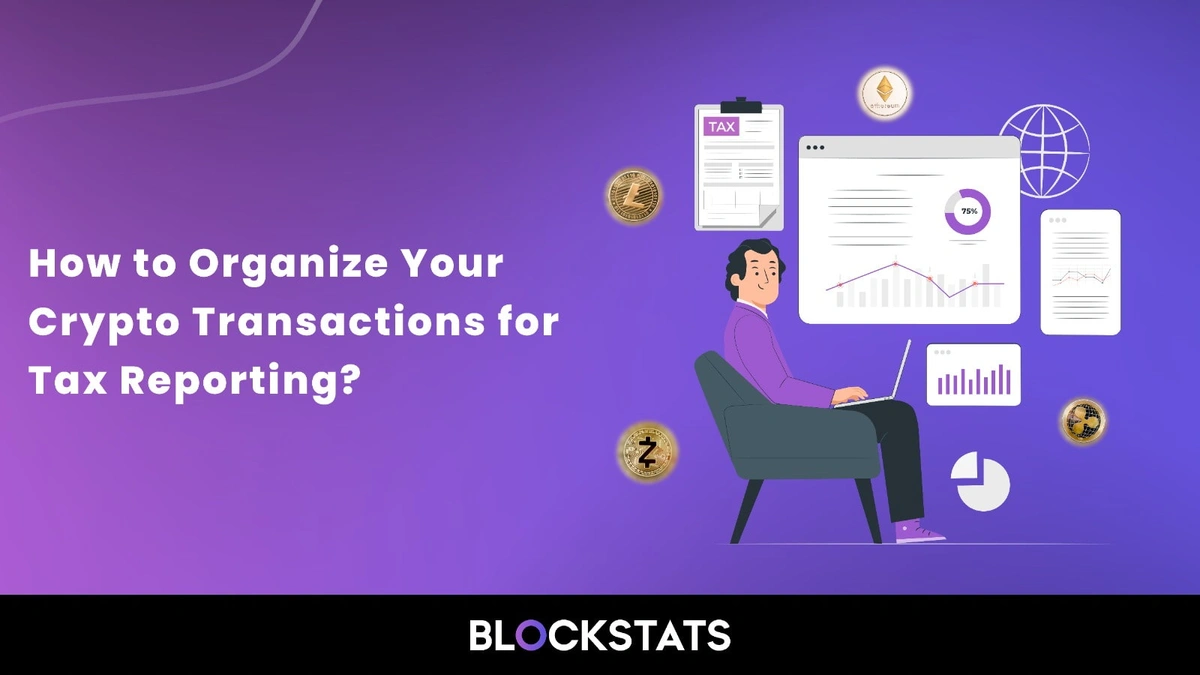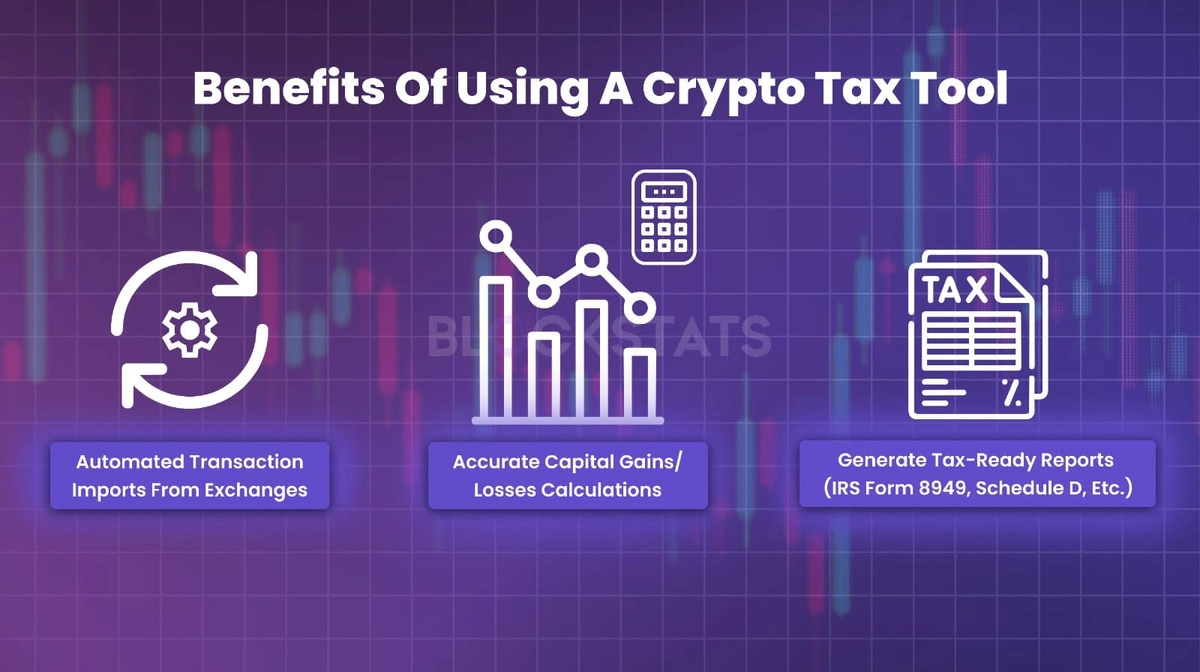How to Organize Your Crypto Transactions for Tax Reporting?
Cryptocurrency taxation can be complex, especially if you have multiple transactions across different exchanges and wallets. Properly organizing your crypto transactions is important for accurate tax reporting and compliance with tax authorities.
At Blockstats, in this guide we will walk you through the best practices for organizing your crypto transactions, ensuring you stay compliant while minimizing errors and tax liabilities.
Why proper crypto transaction organization matters?
If you do not report your crypto transactions properly, it may result in:
-
Audits and penalties from tax authorities.
-
Overpaying for underpaying taxes due to incorrect calculations.
-
Missed deductions (e.g., capital losses).
By organizing your transactions systematically, you can:
-
Simplify tax filing
-
Reduce errors in reporting
-
Optimize tax liabilities
Step 1: Gather all your crypto transaction data
Before organizing, ensure you have complete records of:
-
Trades (Buying, selling, swapping)
-
Transfers (Between wallets/exchanges)
-
Income (Staking rewards, mining, airdrops)
-
Expenses (Gas fees, transaction costs)
Pro Tip: Use a crypto portfolio tracker like Blockstats to automatically sync transactions from multiple exchanges.
Step 2: Categorize your transactions
Proper categorization helps in accurate tax calculations. Here is how to classify transactions:
1. Capital Gains & Losses
-
Short-term (Held <1 year) – Taxed as ordinary income
-
Long-term (Held >1 year) – Lower tax rates apply
2. Income Transactions
-
Mining rewards
-
Staking rewards
-
Airdrops & forks
-
DeFi yield farming
3. Expenses & Deductions
-
Transaction fees
-
Gas fees (Ethereum, BSC, etc.)
-
Software/tool costs (e.g., tax software subscriptions)
Step 3: Use a reliable crypto tax tool
Manually tracking transactions is time-consuming and error-prone. Instead, use Blockstats—a powerful crypto tax tool with a user-friendly dashboard to eliminate confusing spreadsheets.
Step 4: Calculate your gains & losses
Most countries use FIFO (First-In-First-Out) or specific identification for cost basis calculation.
Example:
-
You bought 1 BTC at $30,000 (Jan 2023)
-
Sold 1 BTC at $40,000 (Dec 2023)
-
Capital Gain = $10,000 (Taxable as short-term or long-term, depending on holding period)
Pro Tip: Harvest tax losses by selling underperforming assets to offset gains.
Step 5: Generate tax reports
Once transactions are categorized, generate:
-
Capital Gains Report
-
Income Report
-
Expense Deductions
For U.S. Taxpayers:
-
Form 8949 (Details of sales and dispositions)
-
Schedule D (Capital gains summary)
-
Schedule 1 (Additional income from crypto)
For Indian Taxpayers:
-
ITR-2 or ITR-3 (Depending on income sources)
-
Schedule CG (Capital gains details)
-
Schedule OS (Other income from crypto)
Step 6: Stay compliant with tax deadlines
-
U.S. Taxpayers: April 15 (Extensions available)
-
India Taxpayers: July 31 (Deadline for filing ITR without penalty)
-
UK Taxpayers: January 31 (Self-Assessment)
-
Australia: October 31 (Individual taxpayers)
Late filings can result in penalties!
Best tips for efficient crypto tax reporting
-
Save documents for between 3 to 7 years to avoid audit issues.
-
Use a dedicated crypto tax tool (Avoid manual errors).
-
Consult a crypto tax professional if unsure.
-
Stay updated on tax laws (Regulations change frequently).
Stop Guessing—Automate your crypto taxes with Blockstats today!
Organizing your crypto transactions for tax reporting does not have to be overwhelming. By following these steps and leveraging tools like Blockstats, you can streamline the process, ensure compliance, and optimize your tax strategy.
Need help tracking your crypto taxes? Try Blockstats for automated portfolio management and tax reporting!

